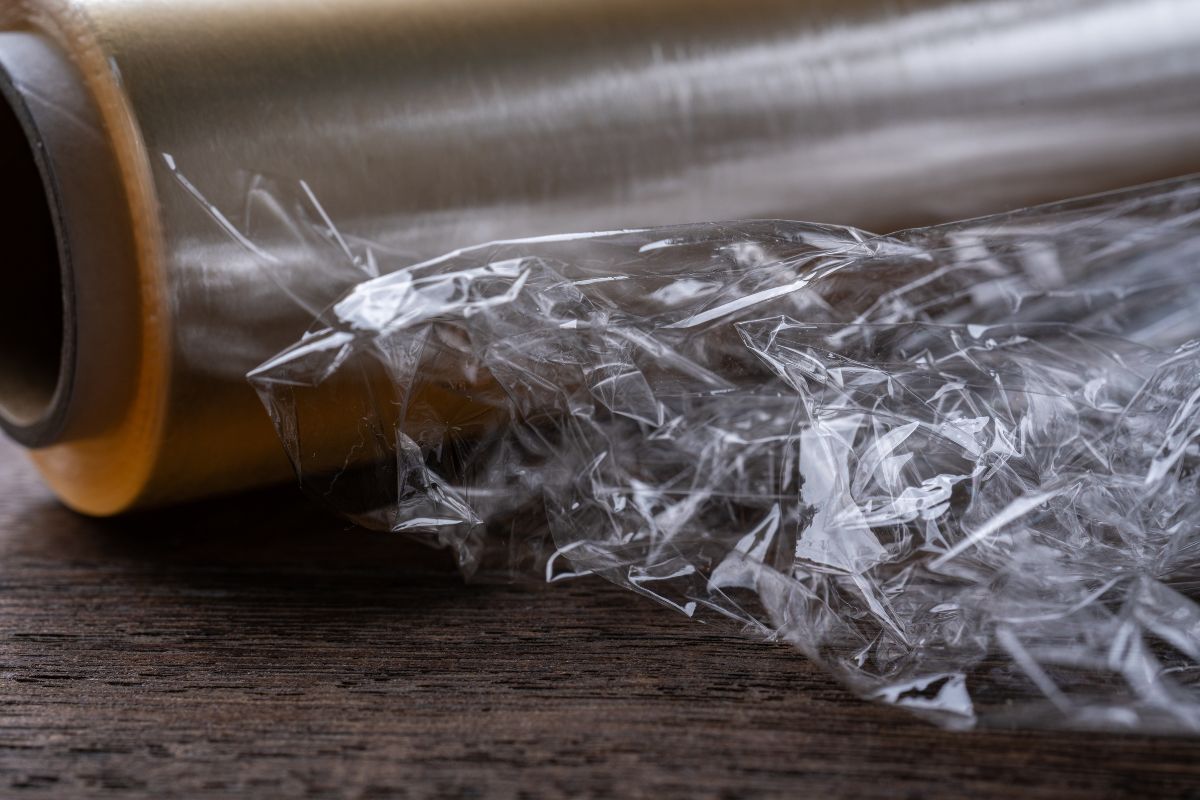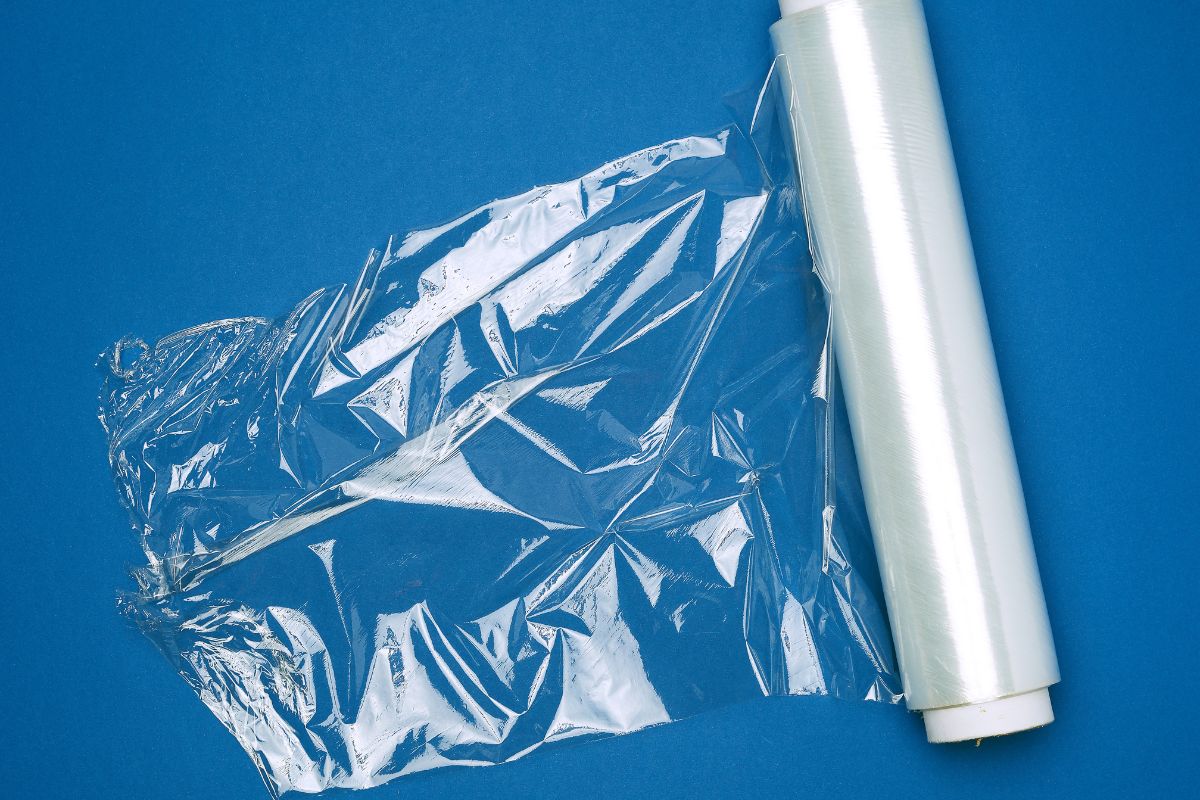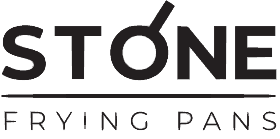Can Saran Wrap Be Used In The Oven?
As a rule of thumb, it is not recommended by Saran wrap manufacturers to use this plastic material in the oven.

On every Saran wrap package, it states that it is “not safe for use in conventional ovens, browning units, stovetops, or toaster ovens.”
This is because of the chemicals in Saran wrap that can easily melt into food when heated. This can even happen before the melting temperature of the plastic wrap is reached.
While you should never use Saran wrap in your oven, there is one technique that allows you to use it safely. This involves some improvisation on your part.
This guide will teach you how to use Saran wrap safely in the oven and what you need to understand about the dangers of using heated Saran wrap incorrectly.
What Is Saran Wrap?
The word “Saran” is actually a trade name for a specific type of plastic wrap, owned by Johnson and Son.
Saran wrap is made of linear low-density polyethylene, making it puncture resistant with high tensile strength.
It is often used to store food in a refrigerator or freezer to keep it fresh. It can also be used for reheating meals in a microwave oven.
This polyethylene wrap is able to block out air when used to wrap food, helping to preserve moisture content and seal the contents effectively.
This protection means food remains fresher for longer, and is able to withstand both high and low temperatures. Saran wrap has a higher melting point than other plastic wraps available on the market.
How To Use Saran Wrap In The Oven
When plastic is exposed to high temperatures, chemical toxins are released into the food and atmosphere, so manufacturers of any kind of plastic wrap, including Johnson and Son, do not recommend it for oven-use.
Regardless of these warnings, you’ll be surprised to know that the majority of restaurant chefs actually do use Saran wrap when cooking.
According to them, wrapping foil on top of the plastic wrap and keeping the heat at a low temperature can seal food better than anything else!
Chefs recommend that if you want to use plastic wrap when cooking, you should use branded wraps like Saran wrap.
This is because good quality plastic wrap won’t release toxins at the same rate as supermarket-owned brands or lower quality polyethylene wraps.
High quality plastic wraps like Saran wrap are BPA-free, meaning they don’t contain Bisphenol A. This is an industrial chemical used in the construction of plastics.
Without this chemical, Saran wrap is less toxic than plastic wraps that do contain BPA.
The best method for using Saran wrap in the oven is to double layer it with aluminum foil. This has been proven by both scientists and chefs alike.
When Saran wrap is double layered with aluminum foil, the plastic wrap is protected from reaching a temperature greater than 212°F, meaning that it won’t melt.
The foil acts as a shield against the hot air and radiation from the standard conventional oven.
Aluminum foil does not retain or absorb heat, so it will never get hot enough to melt the Saran wrap it’s protecting.
With an extra layer of aluminum foil covering the Saran wrap, it won’t get hotter than 212°F, allowing for a comfortable distance between its 220°F melting point.
In summary, for perfectly sealed food that remains tender and moist, you need to:
- Cover the Saran wrap with aluminum foil after you’ve covered the food. You can use as many layers as you like for this.
- Keep the cooking temperature below 250°F.

Does Saran Wrap Melt?
It is unlikely that Saran wrap won’t melt if used in an oven without an aluminum foil layer to protect it.
Saran wrap is thinner than a plastic bag and generally cannot handle the high temperatures of a conventional oven.
Most polyethylene wraps start to melt at 220°F and we usually cook food at higher temperatures of around 300-400°F.
Even hot food out of the oven can cause Saran wrap to melt when it comes into contact with it.
Hazards
Even before plastic wrap has reached its melting point, toxins can seep into the food it’s wrapped around, according to Environmental Health News.
They also state that the FDA has ignored some of the effects caused by a low dose of endocrine-disrupting chemicals.
This refers to substances that interfere with the body’s hormone system. Some scientists even question BPA-free wraps and plastic wraps that are marketed as “food-safe”.
There is also the question of non-intentionally added substances that are present in Saran wrap that are outside of the manufacturer’s control.
These substances could be side products, contaminants, break down products, or a combination of these.
These are all points you should consider before deciding to use Saran wrap in the oven.
Overall, it is probably better if you don’t use Saran wrap when cooking at all due to the many chemical risks involved.
However, if you do wish to use it, be sure to cover the plastic wrap with aluminum foil and cook at a low to moderate temperature.
Safer Alternatives
To avoid any of the risks associated with using Saran wrap in the oven, there are other, safer alternatives you can use.
Instead of using Saran wrap, you can opt to use an oven bag instead, which is completely safe to use and designed for oven cooking.
They are heat-resistant and made from grease-proof paper or nylon bags to lock in moisture, leaving your food tender and juicy.
These flexible bags give you the same results as using Saran wrap with aluminum foil would.
Oven bags can be bought at your local grocery store or online. They are both durable and strong, as well as budget-friendly.
They are also very easy to use - all you have to do is put your meat, vegetables, spices, and sauces in the bag and place it in the oven. They can even be used in the microwave.
Oven bags also feature detailed usage instructions on their packaging, so you’ll be able to get it right every time.
There are also online recipes specifically for oven bags, so you’ll be able to cook whatever you want.
Unfortunately, they are single-use, but this is the same for plastic wrap and aluminum foil, so an oven bag is definitely a better option if using Saran wrap makes you concerned.
Oven bags are definitely a great alternative that is stress-free, toxin-free, and gives you a tasty meal every time when you refer to the instructions on the packaging.

Frequently Asked Questions
Can Saran Wrap Be Used In A Microwave?
Saran wrap is marketed as a microwave-safe polyethylene wrap, but this isn’t true for all plastic wraps out there.
You should also refer to the manufacturer's warnings and instructions before applying heat to any plastic wrap.
While it is mostly safe to use plastic wrap when heating or reheating food in the microwave at low to moderate temperatures, it is dependent on the manufacturing instructions and the type of plastic used in the product.
To use Saran wrap in the microwave, you can follow these instructions for safe use:
- Turn back a corner of the wrap to allow steam to vent.
- Keep a one-inch gap between the food and the wrap so the hot food doesn’t touch the Saran wrap at any point. This will prevent melting and leakage.
- Once the food is cooked or reheated, poke holes in the Saran wrap to allow steam to release. Wait a few minutes for the food to cool and the steam to vent before lifting the plastic wrap.
Is Saran Wrap Toxic When Heated?
The plastic in Saran wrap can give off toxic fumes when heated, even before it has reached its melting point.
The toxins can leach into food and also be released into the air. Even leaving it out in the sun for too long can be harmful.
It is important to check the packaging of any plastic wrap before you choose to apply heat to it. Some lower-quality wraps are more likely to give off toxic fumes.
Brands like Saran wrap are BPA-free and safer to use. However, it is always recommended that you do not use polyethylene wrap when cooking.
Is Saran Wrap Flammable?
Saran wrap can burn, but it does so slowly and often self-extinguishes, however, polyethylene is more likely to burn than other plastic materials and can catch fire.
You should immediately remove Saran wrap from the heat if you see it burning to prevent more toxic fumes from being released and to prevent the beginning of a fire that might occur.
Is Saran Wrap Food Grade?
Saran wrap is considered to be food grade plastic wrap, but it can still only be used when completely covered in one or more layers of aluminum foil.
This helps to lock in the moisture of the food while also stopping the Saran wrap from getting too hot and melting.
Conclusion
The bottom line is that, while Saran wrap is not recommended for oven or microwave use, it can be used when wrapped in aluminum foil and over low to moderate heat, below 250°F.
This is a great technique for slow cooking meat or roasting at low temperatures.
It is important that the Saran wrap isn’t exposed when being used in the oven and that every part is covered in foil. You should only use it in the oven if you are cautious, comfortable, and committed to the process.
Be sure to consider the risks of using Saran wrap in the oven, as it can be dangerous if it’s not done right.
You can opt to use an oven bag as a safer alternative. It is cheap, safe, and more environmentally friendly than using Saran wrap.
While manufacturers discourage using it with heat, Saran wrap can be a great way to seal the moisture in food for a tender meal.
